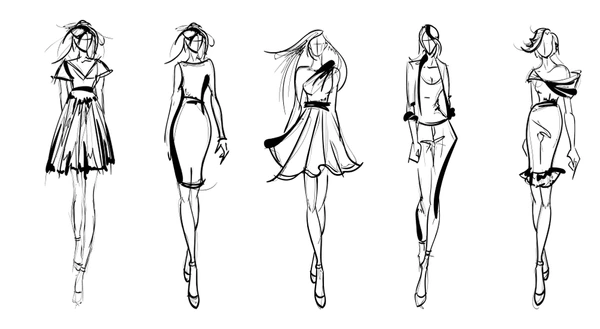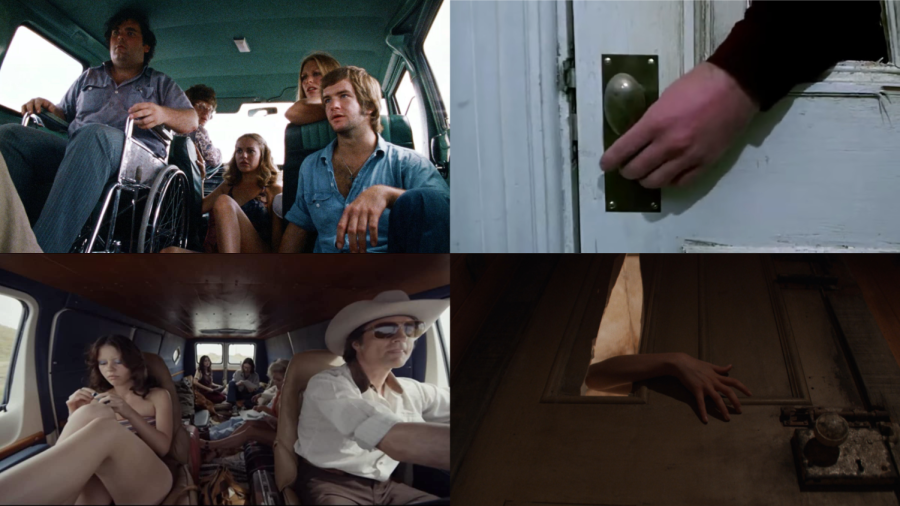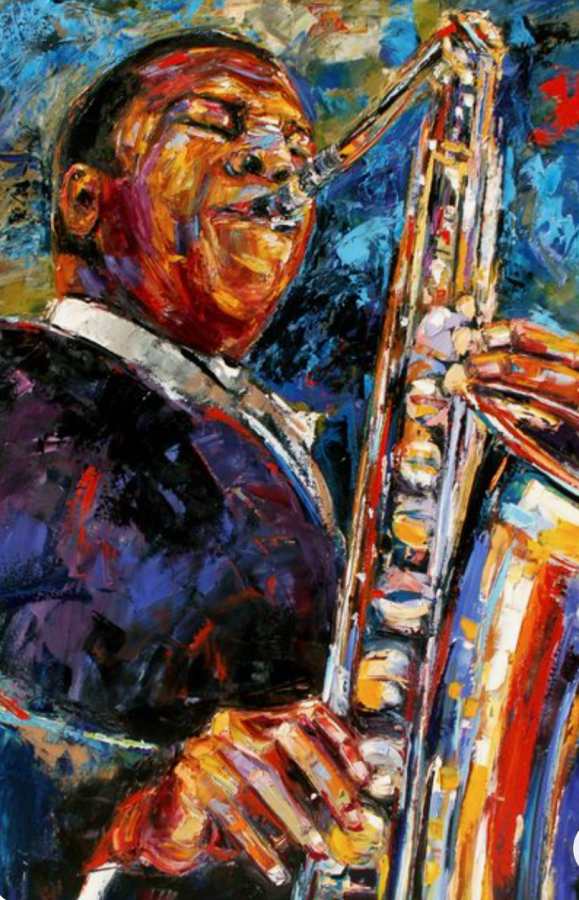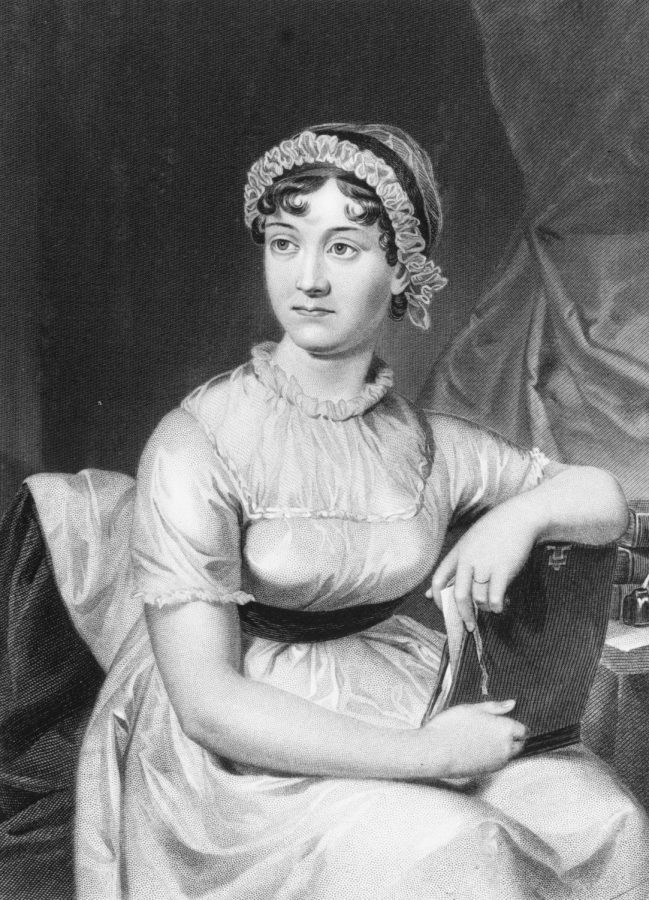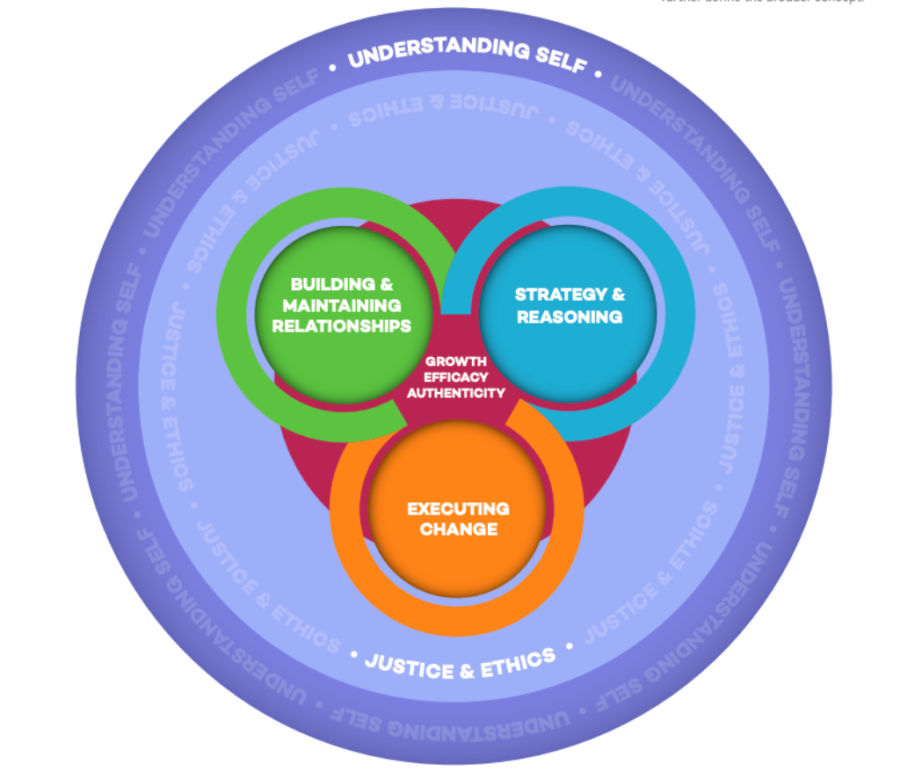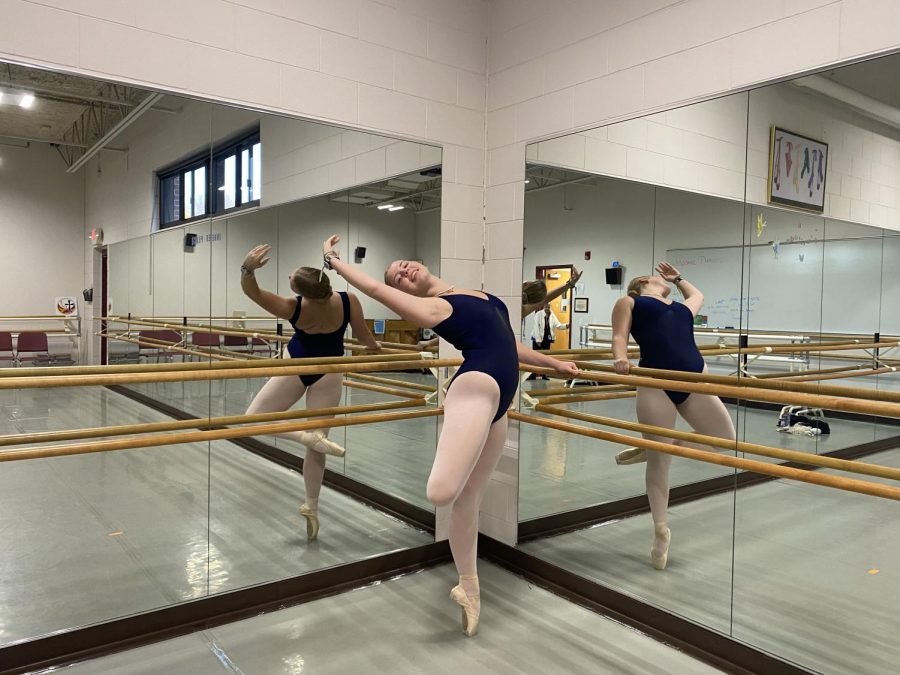Track 8 – Dorothea
Dorothea is narrated from the perspective of an old friend who was left back in her hometown as Dorothea goes on bigger and better Hollywood endeavors. The old friend reminds her that if she’s ever tired of the starlight life she has made for herself she will always know her. The narrator notices that they don’t talk much anymore and the only time she sees her is on the TV. Swift says, “You’ve got shiny friends since you left town. A tiny screen’s the only place I see you now.” The tone of this line is very bitter and resentful as if the narrator is dissatisfied with the small-town life she has made for herself and is mad at Dorothea for moving on to celebrity friendships and not calling or visiting. With her bitterness, she questions if Dorothea is still the same person anymore, saying, “But are you still the same soul I met under the bleachers?” The question of “are you still the same soul” connects to how when celebrities rise to fame they are alleged to “sell their soul to the devil.” The narrator could be insinuating that she was famous through selling her soul and was not the same shy girl she had met in high school hiding under the bleachers. The song closes with the reminder that she can always come back to the comfort of the small town saying, “And if you’re ever tired of being known, For who you know. You know, you’ll always know me. Dorothea.” This song is for a strained bittersweet friendship that has spanned a lifetime, the friendship where you can not talk for months and see them again and instantly remember your bond.
Track 9 – Coney Island ft. The National
Coney Island is about getting lost in a relationship and not being able to find your partner. This track uses the metaphor of getting lost at Coney Island, an amusement park boardwalk in New York City. The song uses elements of nostalgia to tie in the emotions of your partner slipping away, saying, “And I’m sitting on a bench in Coney Island, Wondering, where did my baby go?” This same feeling reminds me of being told countless times about how if you get lost you should sit and wait for the others to come back for you. For Taylor, sitting on the bench could be staying put and waiting for her partner to come back for her. The child-like apology is used in the next line saying, “Sorry for not making you my centerfold.” First apologizing for something you cannot control, and then the idea of making someone your centerfold. The centerfold on a magazine would be reserved for the top model or key point so she is essentially apologizing for not making her partner the key point of her life and being the filler of the magazine. The bridge features both Taylor and Matt Berninger from The National singing the lines of doubt about where they lost each other in the relationship. The lyrics are, “Did I leave you hanging every single day? “Were you standing in the hallway? With a big cake, happy birthday, Did I paint your bluest skies the darkest gray?” These questions of doubt race through their head as the relationship falls apart. The feature of The National on this song adds so much depth and emotion. The two voices make it feel like two people’s thoughts spinning around you as you sit on a bench in Coney Island.
Track 10 – Ivy
Ivy, the tenth track, tells the story of a married woman who falls out of love with her husband and into love with another man. The tenth track on Folklore is also about a married woman who falls in love with another man. The two albums have overlapping themes and lyrical devices in common. The chorus references the affair, saying, “My pain fits in the palm of your freezing hand. Taking mine, but it’s been promised to another.” The first line displays the pain of cheating on someone, and the freezing hand shows the other man emotionless as she takes it. She then says, “taking mine as it’s been promised to another.” The promise to another is a metaphor for her marriage where you promise a lifetime of love to another. In verse two, they reference their sneaking around saying, “What would he do if he found us out? Crescent moon, coast is Clear.” The first part of the line is the narrator questioning what her husband would do if he found out about her long-going relationship. The second part of the line alludes to sneaking out in the night when she references the crescent moon. , This displays the darkness as she sneaks away from home and then says, “coast is clear” while nobody can see her running from her relationship. Ivy tells the story of infidelity in the most romantic way possible. The melody of the song is calming, and as the narrator describes the way she snuck out on her husband, you can’t help but get the catchy, youthful tune stuck in your head.
Track 11 – Cowboy Like Me
Cowboy Like Me tells the love story of two con artists on their cons. The refrain says, “I’ve got some tricks up my sleeve. Takes one to know one. You’re a cowboy like me.” This line references the metaphor of “I have tricks up my sleeve” in that she has ulterior plans waiting in the wings. Then she says again, “Takes one to know one, you’re a cowboy like me.” Saying that it takes being a con artist to recognize another one, the narrator recognizes them as just like her. The second verse reveals that she was never into love but mainly for the long-con of a fancy car singing, “Never wanted love, Just a fancy car.” This verse shows where the narrator’s priorities lie, which is with worldly goods and not with good company. Another line affirming the materialistic con-artist ideals of the narrator says, “And the old men that I’ve swindled really did believe I was the one.” This proves that her idea of love is more of a game and that the men she swindles all believe she is the one. In verse three, the narrator recognizes that the focus on the con is less important than connection and love. The verse says, “Now you hang from my lips, Like the Gardens of Babylon. With your boots beneath my bed, Forever is the sweetest con.” The first line says that they hang from her lips and every word and pattern the narrator does reminds her of them. Then, she describes the gardens of Babylon, which are known to be beautiful and a wonder of the world. So, the combination of these two lines insinuates that her beautiful memories of him hang onto her words. The next line reveals that she still has the con artist within her when she steals his boots and then says “forever is the sweetest con.” he will both have the boots and the memories of their relationship forever. This unsettling love story is so deeply poetic and enjoyable to hear.
Track 12 – Long Story Short
Long story short is about taking a step away from a fight to take a deep breath and feel resolution. The song reflects on the idea of fights that never really mattered. Swift writes, “I tried to pick my battles ’til the battle picked me.” The opening of the song reveals that the narrator picked fights until the fights picked her, which shows the turnover of power. Next, she says, “The knife cuts both ways, If the shoe fits, walk in it ’til your high heels break.” The knife cuts both ways, which shows how power can go between two people. hen the part about if the shoe fits, walk in it, insinuates that same turnover of power and the image of it breaking adds to it. Then the chorus says, “And I fell from the pedestal, Right down the rabbit hole.” Again, this lyric repeats the idea of power being held up on a pedestal to being tossed down a rabbit hole like Alice in Wonderland. The ending lyric of the song is, “Long story short, it was a bad time. Long story short, I survived.” This represents that the loss of power was more about survival than anything. This song uses heavy repetition to get the point across and has a quick-paced beat it, which creates a catchy song about how picking fights won’t always give you the upper hand.
Track 13 – Marjorie
Marjorie is a deeply emotional song on Evermore that is a tribute to Taylor’s grandmother Marjorie Finlay. Her grandmother was an opera singer and inspired Taylor to pursue singing. The song brings up Taylor’s memories and advice from Marjorie in the lyrics with the opening being, “Never be so kind, You forget to be clever. Never be so clever, You forget to be kind.” This is a good reminder to find a happy medium between both attributes. The chorus says, “What died didn’t stay dead. You’re alive, you’re alive in my head,” which is a reference to how Taylor keeps her grandmother’s memories alive in her head. The repetition in the chorus shows how much the memory of her grandmother means to her. In the bridge, she says, “You loved the amber skies so much.” The use of past tense in this sentence ties in the memory of her grandmother’s love and passion. This song is an amazing tribute to Taylor’s grandmother and shows the depth of her appreciation for her.
Track 14 – Closure
The second to last track on Evermore and my favorite track, Closure has a unique beat and talks about how something can be done and resolved and you still don’t feel that closure. The first verse has a resentful tone,saying, “It wasn’t right. The way it all went down. Looks like you know that now.” The beginning starts with an apology and then the last lyric is more snappy, and the song is quicker-paced. In verse two, she again is snappy and quick with the tone and pace saying, “Don’t treat me like, Some situation that needs to be handled. I’m fine with spite.” At the end of it, she doesn’t see a need to resolve the issue but instead just be done and live spitefully apart. The bridge finally breaks down saying that she recognizes how she fits out of her new life, “I know I’m just a wrinkle in your new life, Staying friends would iron it out so nice.” The metaphor of a fight with a wrinkle and the iron for repair works in the context that the iron doesn’t fix the problem, but instead just smooths it over. The song uses great metaphors to represent friendship tears and unique beat keeps you intrigued.
Track 15 – Evermore ft. Bon Iver
Evermore is a very gloomy song about the emotions that come out from the late fall until the late spring and has a very slow, calm pace to it. The first lyric of the song is, “Gray November. I’ve been down since July.” This describes how most people feel in November: gray. And then, when she says, “I’ve been down since July,” July is the peak of summer, and saying this is a reference to how she has been feeling down since the peak of summer. In the stretch between Christmas and break and when it begins to get warm again, you think the gray spring will last forever. Taylor represents this perfectly in her lyric saying, “That this pain would be forEvermore.” The gray will be forever or more which is what this song represents: the gray taking over. Then the gray emotion continues saying, “Can’t remember, What I used to fight for.” This essentially means forgetting what you fought for and being so tired of the cold. The later line says, “I’m on waves, out being tossed.” This uses the metaphor of a boat being tossed in the ocean in a storm, the tossing in a storm is like being tossed through your emotions which can be a struggle in the gray spring. This closing track might bring a tear to your eyes but also deals with tough emotions in such a beautifully poetic way.
The Evermore album is both beautifully crafted and deeply emotional, and the poetic art of it perfectly encapsulates all of the tough emotions that come with the end of friendships or relationships. Each track, while they can be sad, incorporates amazing imagery of alluring scenes. his album is one to listen to while studying or as a winter listen. I hope you all can enjoy at least one of these fifteen amazing tracks as much as I do!


